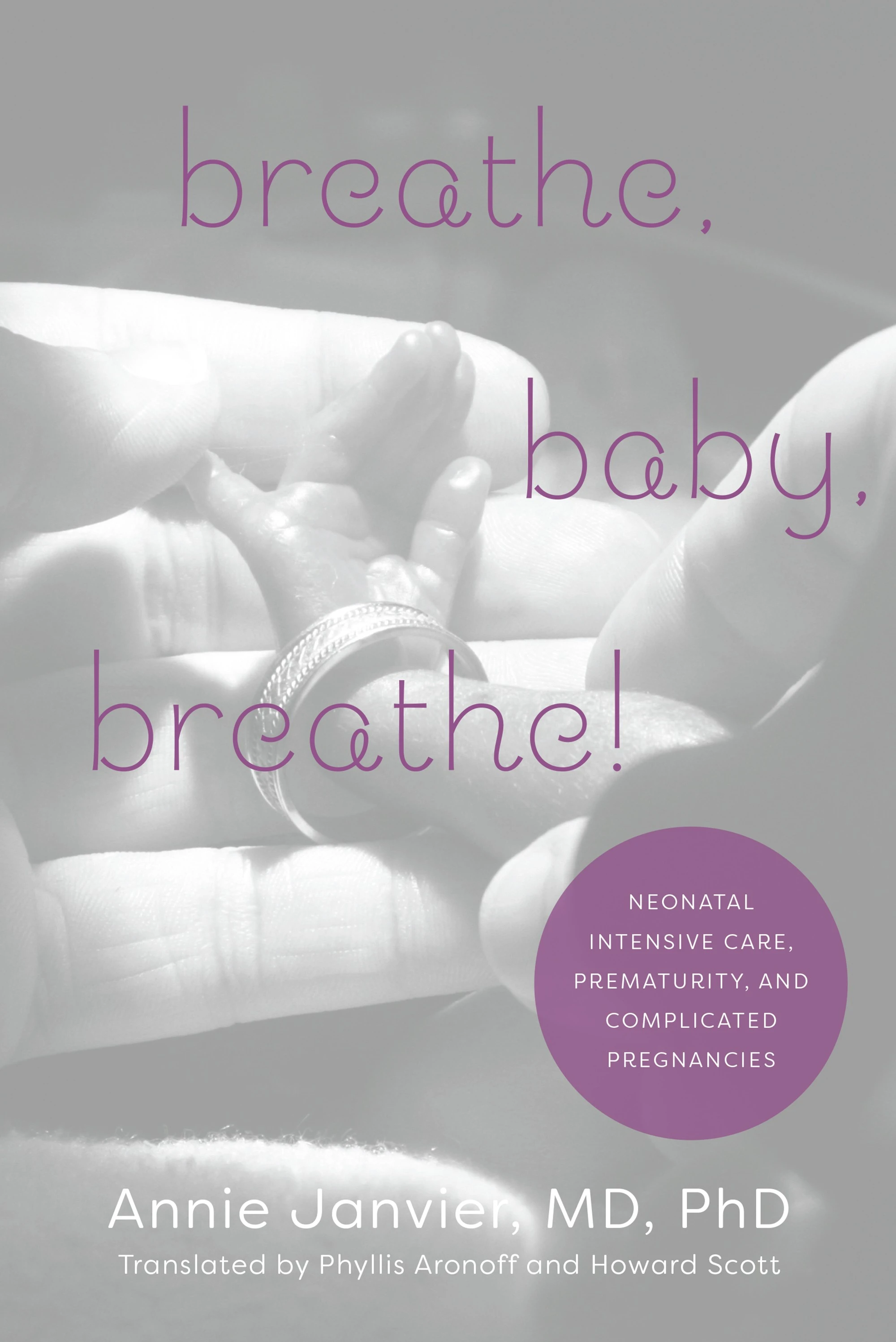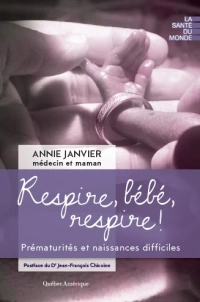When the neonatal resuscitation program was first introduced I think many of us had mixed feelings. I was concerned that some of the initial recommendations were opinion-based rather than evidence-based (and they weren’t all consistent with my opinions, which are the correct opinions). On the other hand to have a universal standard that could then progressively be improved upon was a good thing, and that has generally happened, NRP has become generally more and more evidence based, and has stimulated the production of more and more evidence. But does it actually work? Does training people in such a standardized, formal program help them to resuscitate better, and most importantly, does it then lead to more babies surviving, and fewer with serious complications.
A group of us, Gene Dempsey, Mohan Pammi, Tony Ryan and I, have just published a Cochrane review addressing that question. The primary question of interest was whether training programs lead to lower perinatal mortality, and lower neonatal morbidity. The secondary questions were to examine how the training is performed; whether boosters or videos or apps or teamwork training, for example, might improve skills and knowledge acquisition and retention, or performance or clinical outcomes.
We found the following: (SFNRT is the rather ponderous acronym I came up with to avoid saying NRP, it stands for standardized formal neonatal resuscitation training; we didn’t limit the searches to just the NRP program, but any similar training approach)
We identified three community-based cluster-randomised trials in developing countries comparing SFNRT with basic resuscitation training (Early Newborn Care). In this setting, there was moderate quality evidence that SFNRT decreased early neonatal mortality (typical RR 0.88, 95% CI 0.78 to 1.00; 3 studies, 66,162 neonates) and when analysed by the approximate analysis method (typical RR 0.85, 95% CI 0.75 to 0.96; RD -0.0044, 95% CI -0.0082 to -0.0006; NNTB 227, 95% CI 122 to 1667). Low quality evidence from one trial showed that SFNRT may decrease 28-day mortality (typical RR 0.55, 95% CI 0.33 to 0.91) but the effect on late neonatal mortality was more uncertain (typical RR 0.47, 95% CI 0.20 to 1.11). None of our a priori defined neonatal morbidities were reported. We did not identify any randomised studies in the developed world.
There were some problems with the analysis, because cluster randomized trials do not always report the ICC, the intra-cluster correlation coefficient, which you need to do all the analyses, the Cochrane collaboration has some ways around this, but it introduces a bit of extra uncertainty into the results.
We identified two trials that compared SFNRT with team training to SFNRT. Teamwork training of physician trainees with simulation may increase any teamwork behaviour (assessed by frequency) (MD 2.41, 95% CI 1.72 to 3.11) and decrease resuscitation duration (MD -149.54, 95% CI -214.73 to -84.34) but may lead to little or no difference in Neonatal Resuscitation Program (NRP) scores (MD 1.40, 95% CI -2.02 to 4.82; 98 participants, low quality evidence).
These two trials were from the same group, and used the same scale of team activity so we could meta-analyze them. The teamwork training improved team behaviour, but didn’t lead to improve scores on the NRP checklist (which didn’t specifically score team behaviours).
We identified two trials that compared SFNRT with booster courses to SFNRT. It is uncertain whether booster courses improve retention of resuscitation knowledge (84 participants, very low quality evidence) but may improve procedural and behavioural skills (40 participants, very low quality evidence).
We identified two trials on decision support tools, one on a cognitive aid that did not change resuscitation scores and the other on an electronic decision support tool that improved the frequency of correct decision making on positive pressure ventilation, cardiac compressions and frequency of fraction of inspired oxygen (FiO2) adjustments (97 participants, very low quality evidence).
The cognitive aid was a poster in the delivery room, it didn’t make a difference mostly because the participants ignored it. The electronic tool is a tablet “app” which when plugged in to the appropriate sensors tells you what to do next to follow the NRP algorithms.
The NNTB that we calculated in those results, means that for every 227 deliveries occurring in a setting where healthcare workers have been trained in SFNRT programs, there is one fewer neonatal death. Which is huge, and very cost effective. SNFRT is not very expensive, but it’s not free either. The equipment, staff time, staff transportation, outreach and so on all have to come from health care budgets which in many parts of the world are severely under pressure. If you only have 10 dollars per year per member of the population to spend (like in Uganda), then you have to choose wisely. Or you could cut down on military spending and corruption, but that is another issue. High fidelity simulations do not seem to have much greater effect than standard training with a Baby Anne manikin and enthusiastic teachers, so the extra expense can be avoided in low and middle income countries.
Spending on SFNRT programs is effective, reduces death, and does not increase disability. It should be a priority for low income countries.









Dear Dr keithbarrington good evening
i am following you and your interesting and very useful comments and related articles, hoping you all success.
Professor Dr. Numan Nafie Hameed – College of Medicine, Baghdad University, and Consultant pediatrician in Children Welfare Teaching Hospital, Medical City Complex, Bab Al-Muadham, PO box 61023, Code, 12114 Baghdad (Iraq). Mobile phone: +964 7901 753286, E-Mail: numanalhamdani@yahoo.com
24.9.2015